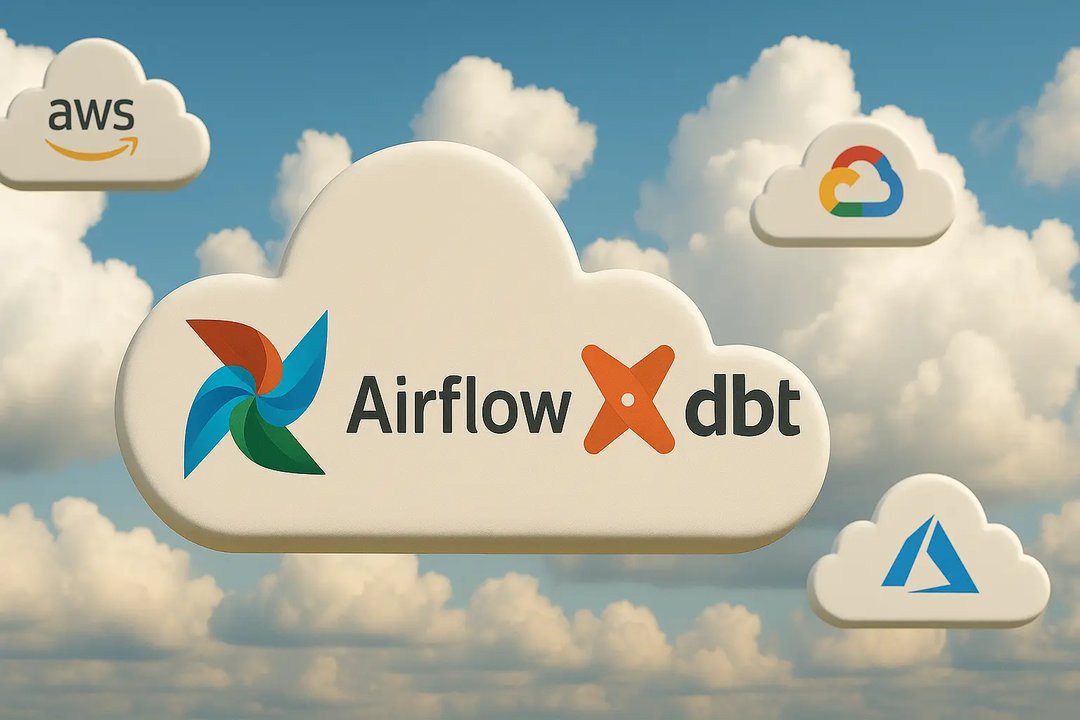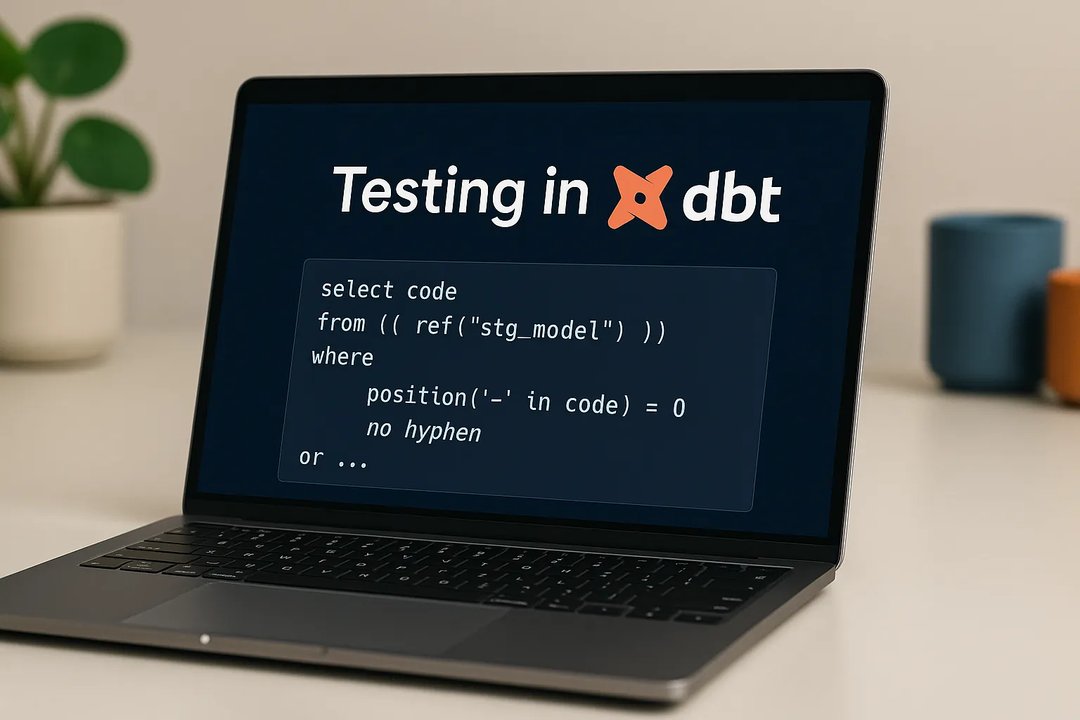
Sunscrapers Team
19 June 2023, 7 min read

What's inside
- Let’s start with the definitions
- How to Build a Streaming Data Pipeline with Apache Kafka and Spark?
- Conclusion
- Contact us
In today's data-driven world, streaming data has become essential to many business processes. Organizations are constantly looking for ways to process and analyze data in real-time to make informed decisions and gain a competitive edge.
Apache Kafka and Apache Spark are two compelling open-source technologies that can be used to build a streaming data pipeline.
Kafka and Spark provide a powerful combination for processing real-time data streams and big data workloads. Kafka provides a reliable and scalable platform for collecting and distributing real-time data, while Spark offers a unified engine for processing and analyzing large volumes of data. As a result, Apache Kafka and Spark have become popular tools for modern data processing and analytics use cases in various industries, including finance, e-commerce, healthcare, and more.
This article will walk you through the steps to build a streaming data pipeline with Apache Kafka and Spark.
Let’s start with the definitions
Streaming Data Pipeline
A streaming data pipeline is a system designed to collect, process, and analyze real-time data as it flows continuously from various sources.
The pipeline typically consists of several components that work together to ensure efficient and reliable data processing. These components include data sources, data ingestion systems, processing engines, storage systems, and visualization tools.
Data sources include devices, sensors, applications, or any other system that generates real-time data. The data ingestion system then collects and passes it through processing engines that filter, transform, and enrich it as required.
The processed data is then stored in a system that allows easy retrieval and analysis. Finally, the visualization tools provide insights into the data in an easily understandable format to the end-users.
Streaming data pipelines are commonly used in various industries, including finance, healthcare, transportation, and e-commerce, where real-time insights are crucial for making informed decisions.
Apache Kafka
Apache Kafka is an open-source distributed streaming platform that handles large-scale, high-throughput, and real-time data streams. It was initially developed by LinkedIn and later donated to the Apache Software Foundation. Kafka is written in Scala and Java and is designed to provide a unified, high-throughput, low-latency platform for handling real-time data feeds.
Kafka allows for the processing of streams of records in a fault-tolerant, scalable, and distributed manner. It provides a publish-subscribe model where producers publish data on a topic, and consumers subscribe to one or more topics to consume it. Kafka stores data in a distributed and replicated manner, providing fault tolerance and scalability. It also supports real-time stream processing using Kafka Streams, a lightweight library for building stream processing applications.
Kafka is widely used in various industries, including finance, retail, healthcare, and social media. Its use cases range from real-time analytics, fraud detection, and monitoring to log aggregation, messaging, and ETL (extract, transform, load) pipelines. With its distributed architecture, high-throughput capabilities, and fault tolerance, Kafka has become essential for building modern data pipelines and real-time data processing applications.
Apache Spark
Spark is an open-source distributed computing system that provides an interface for programming entire clusters with implicit data parallelism and fault tolerance. It was developed at the University of California, Berkeley, and later donated to the Apache Software Foundation.
Spark provides a high-level API for distributed data processing, including advanced analytics, machine learning, and graph processing support. It allows users to write applications in various programming languages, including Scala, Java, Python, and R. It supports a wide range of data sources, including Hadoop Distributed File System (HDFS), Apache Cassandra, and Apache Kafka.
One of the key features of Spark is its ability to perform in-memory processing, which allows it to achieve much faster processing times than other distributed computing systems. Spark also supports interactive queries and streaming data processing, making it popular for building real-time data pipelines.
Spark has become a widely used tool in data processing and analytics, and organizations of all sizes in various industries, including finance, healthcare, retail, and social media, use it. With its ease of use, scalability, and speed, Spark has become an essential tool for building modern data pipelines and real-time data processing applications.
How to Build a Streaming Data Pipeline with Apache Kafka and Spark?
Building a streaming data pipeline with Apache Kafka and Spark is a popular approach for ingesting, processing, and analyzing large volumes of real-time data. As mentioned already - Kafka is a distributed streaming platform that can handle large volumes of data, while Spark is a powerful data processing engine that can process and analyze data in real time.
To build a streaming data pipeline with Apache Kafka and Spark, you must first set up a Kafka cluster consisting of one or more Kafka brokers. Then, you can use Kafka Connect to pull data from various sources into Kafka and use Spark Streaming to process the data in real time.
One approach to building a streaming data pipeline with Kafka and Spark involves the following steps:
Step 1: Install and configure Apache Kafka
The first step is to install and configure Apache Kafka. You can download Apache Kafka from the official website and extract the files. Once you have installed Kafka, start the ZooKeeper and Kafka services. You can create a topic using the Kafka command line tools.
Step 2: Install and configure Apache Spark
The second step is to install and configure Apache Spark. You can download Apache Spark from the official website and extract the files. Set up the environment variables SPARK_HOME and PATH, and start the Spark service.
Step 3: Write a producer to generate data and send it to Kafka
Next, you have to write a producer to generate data and send it to Kafka. You can use the Kafka Producer API to send data to Kafka. Define the Kafka topic to which the data will be sent.
Step 4: Write a Spark Streaming program to consume data from Kafka
In this step, you need to write a Spark Streaming program to consume data from Kafka. You can use the Kafka Receiver API to consume data from Kafka. Define the Kafka topic from which the data will be consumed and define the batch interval, which specifies the frequency at which the data is processed.
Step 5: Process the data using Spark Streaming
Write a process of the data using Spark Streaming. You can use Spark Streaming operations to transform and analyze the data. You can query the data using Spark SQL and the Spark Streaming API to write the processed data to an external system.
Step 6: Monitor the streaming data pipeline
In the last step, you will monitor the streaming data pipeline. You can use the Kafka consumer group command to monitor the Kafka topic and the Spark Web UI to monitor the Spark Streaming job.
Conclusion
Building a streaming data pipeline with Apache Kafka and Spark can provide numerous benefits, including processing and analyzing large-scale data in real time.
By following the steps outlined in the blog post, you can set up a real-time data processing and analysis pipeline using Kafka and Spark that can pull data from various sources, process it in real-time, and apply machine learning and graph-based algorithms for further analysis.
This can be particularly useful for businesses and organizations that need to make data-driven decisions based on real-time data streams. The combination of Kafka and Spark provides a robust, scalable, and flexible solution for building such data pipelines.
Contact us
If you are feeling inspired by the content on our blog and want to share your thoughts or ideas - don't hesitate to reach out to us!
You can contact us through the form on our website.
Let's connect and keep the discussion going!


